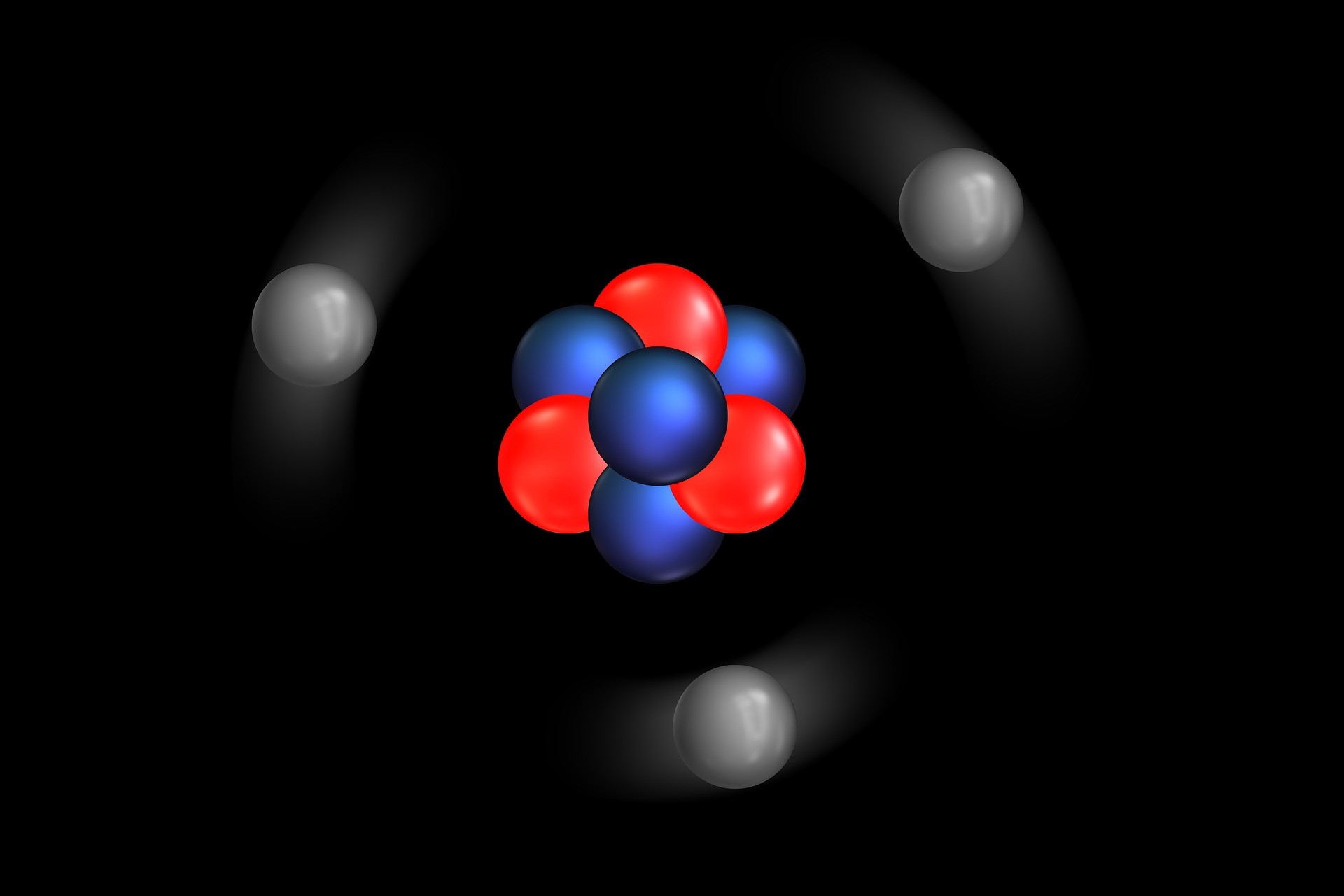Inorganic chemistry | Definition and introduction
Inorganic chemistry covers detail chemistry of the properties of each element on the periodic table and the reactions they undergo. Some of the topics include periodic table of elements and trends, chemical nomenclature , chemical reactivity of elements , redox activity, acids and bases, organometallics, 18 electron rule ,molecular orbital theory etc. The knowledge of inorganic chemistry is important in every area of science. It is important in medicine, making semiconductors, metal alloys, surfactants and soaps.
Periodic trends and properties
The periodic table is usually divided into two main categories . These are called the main group elements and the transition elements. However there is also Heavier elements that are treated differently from transition elements and main group elements. Most of these are heavy and radioactive .The others are new elements that were made by bombarding the nucleus of other atoms. These will be examined in more detail .
Generally the size of the elements decrease across from left to right across the period but increases from top to bottom. A good examination of electronic configuration will reveal that the elements are arranged according to the number of electrons in their valence shells.
Chemical Nomenclature
This deals with the naming of chemical compounds ,however the compounds are mainly inorganic compounds .The naming will have fundamentals similar to that of general chemistry but there are more complex inorganic compounds. For example , NaCl is called Sodium chloride but a complex compound Na3Co(NO2)6 is Sodium hexanitrocobaltate(III) . More of this will be described later ,however in every correct formula , the total sum of the charge of the elements or ions or ligands in the compound should be equal to the charge on the formula as shown in general chemistry. Sodium has +1 valency while Co (III) has +3 . Therefore the Nitro (NO2) each has a charge of -1 to balance out the total charge of zero for the compound.
Chemical reactivity
This determines the outcome of a chemical reaction by replacing one element with another in a chemical reaction. It also determines if a chemical reaction will occur or not . The reactivity is based on which atom of element has the capacity to give electrons or which element needs and takes electrons for chemical reaction to occur. The simplest example is the main group metal elements tends to loose electrons but the non-metal elements in group7 tend to gain electrons to achieve stability . This varies across the periodic table and will be described in more detail.
Redox reactions
The chemical reactivity results in redox activity because one element gives its electron pairs and the other receives the electron pairs. Redox refers to reduction-oxidation since both processes occur at the same time.
For example when solid copper burns in oxygen to form Copper(II)oxide. 2Cu + O2 ——> 2CuO. The copper looses electrons while the oxygen gains electrons to form the copper oxide. The copper is oxidized and the oxygen is reduced therefore Cu is reducing agent and the oxygen is oxidizing agent. Fundamentals are described in general chemistry and more will be added in this topic.
Acids and Bases
Acid and base reactions are very similar to redox reactions as described in general chemistry. However , inorganic chemistry further describes acids or bases based on the size of its electron cloud .These are hard and soft acids and bases. Elements or ions that have large atomic size and readily donate electron pair are usually classified as Soft bases. Similarly ions of larger size that accept electron pairs will be classified as soft acids . These reacts with soft bases to form covalent compounds. Hard acids and hard bases have small charge to volume ratios and they react to form strong ionic bonds.
An example of soft acid is Au+ gold ion however, a soft base is Sulfur. An example of a hard acid is Li+ ion and its hard base is oxygen O2- ion. This will be discussed in more detail.
18-electron rule :
This relates to the most common and stable electronic structure of complex inorganic compounds. The electron pairs used in forming bonds in the structure must add up to 18 to achieve stability. For example in Sodium hexanitrocobaltate(III) ; Na3Co(NO2)6 each NO2 is a ligand that contribute a single electron to the complex compound . Therefore if we add the valence electrons in Sodium [(Na)= 1×3] and that of Cobalt [ (Co)= 9 x1 ], to 1×6 from the NO2 , we get 18 electrons. However there are exceptions to this rule that occur when some elements form compounds that require less or more than 18 electrons. More details will be given later in the chapter.
Organometallic complexes
These are compounds formed from bonds between transition metals and carbon. These are formed because the metal ion has sufficient amount of empty orbitals to accommodate electrons from other elements that donate the electrons. The donors are sometimes called ligands. Metal ligand complexes are very common in inorganic chemistry. For example, Dimethylmercury is an organometallic compound H3C-Hg-CH3 , in addition to Lithium Dimethylcuprate (CH3)2Cu-Li+.
Crystal field theory
Metal-ligand interactions leads to creations of energy gap for electrons to travel from a higher level to a lower level and vice versa. This energy also overlaps the wavelength of visible light spectrum and this results in different colors of inorganic complexes. Different ligands results in different interactions and therefore different energy gap. A shorter energy gap allows more electrons with lower energy to travel and populate the space but a large energy gap allows only electrons with higher energy to populate. This can be used to explain the color , magnetism and electronic state of inorganic complexes . More examples will be given in later post. There are weak field ligands which cause less energy gap splitting and then Strong field ligands which cause large energy gap splitting .
Molecular orbital theory
This describes how bonding occur between atoms of elements by using atomic orbitals of individual atoms. In general chemistry and organic chemistry the most common molecular orbitals encountered are sp,sp2 and sp3 .However, inorganic chemistry involves more of higher order of hybrid molecular orbitals even sometimes including f atomic orbitals. This is used to explain observations in the magnetic and electronic properties of molecules and compounds. For instance, the paramagnetic property of molecular oxygen (O2) can be explained as well as the bond order number can be obtained. It can also be used to explain the electronic states (singlet or triplet state) of molecules.



